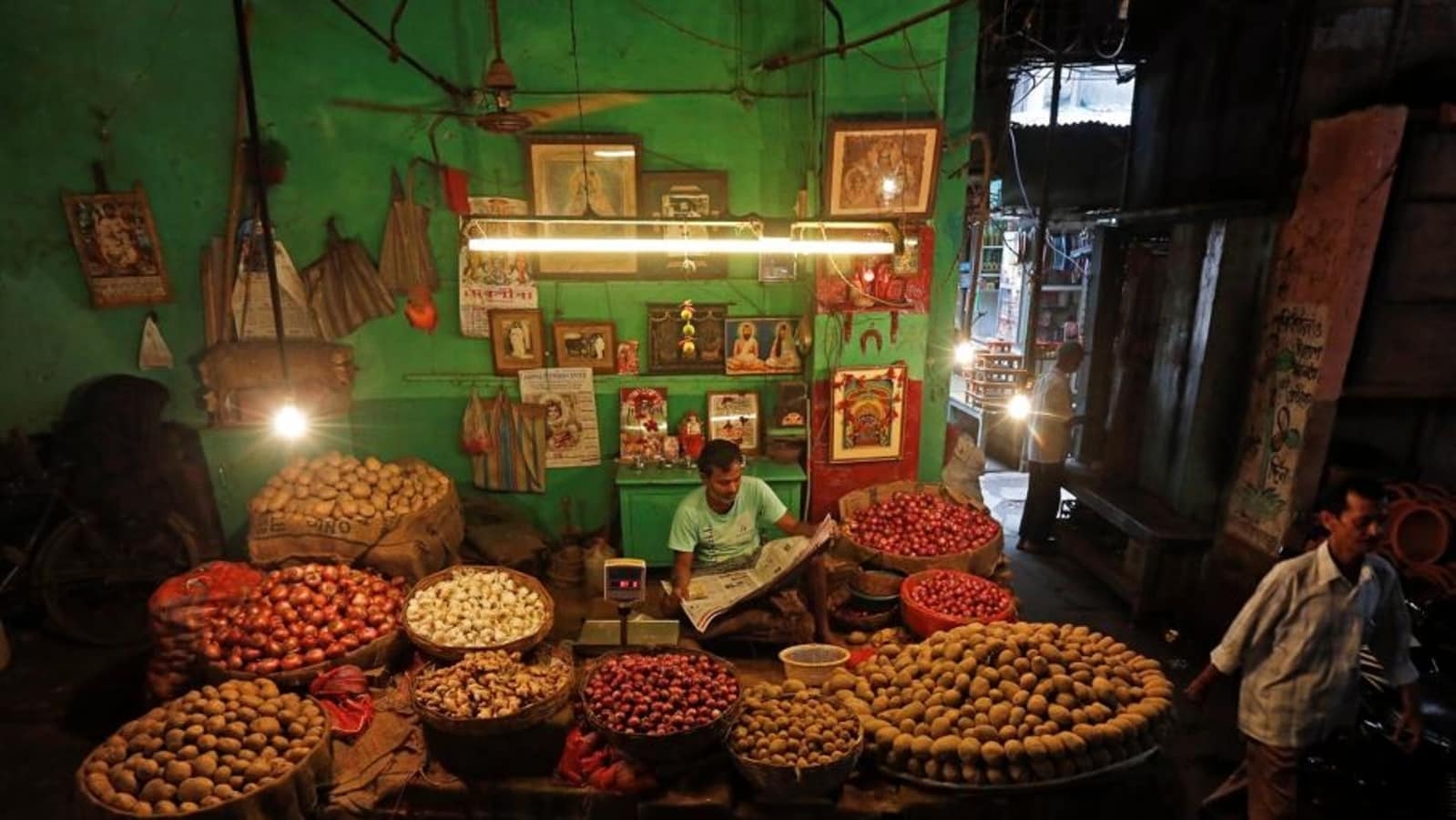Due to anticipated price growth for the metal, which had been stagnant for the first nine months of the year, steel manufacturers’ margins would improve in the fourth quarter. An added benefit would be the openness of China. In Q4, an increase of 7-8% in steel demand is predicted.
“Steel prices increased from $600 per MT in December to $700 per MT at this time, but coking coal prices stayed essentially the same at $280 per tonne. In addition, demand is at its peak in Q4, which would result in an increase in volumes. Also, the opening of China’s economy would benefit steel companies, according to Priyesh Ruparelia, vice president and co-group head of Corporate Ratings at Icra.
The price of India’s hot rolled coil (HRC) steel has also increased 8% so far this year (CYTD) to roughly Rs 60,000 per tonne, up from a 13% decline in 2022, according to a Jefferies study. Yet, it still costs 3% less than landing goods from China. Given that domestic prices were higher than landed imports and a 15% export tariff was implemented in May 2022, India had become a net importer of steel in H2CY22. Net imports have decreased in January as a result of domestic pricing now being somewhat cheaper than import prices and the government eliminating the export tax in November.
Kotak Institutional Equities reports that the Chinese government has set a low GDP growth target of roughly 5% for CY2023. Nonetheless, given the government’s increased fiscal deficit aim and greater target for new urban jobs, economic growth looks to be its top focus. We anticipate a poor (-2.5% y-o-y) steel demand growth in China for CY2023 and expect the property sector troubles to level off.
According to a research by Nuvama Institutional Equities, with a strong domestic steel demand, Shyam Metalics is well-positioned to profit from increased capacity and anticipated reduced thermal coal prices, while SAIL and Tata Steel India would also see an improvement in Q4 margins.

